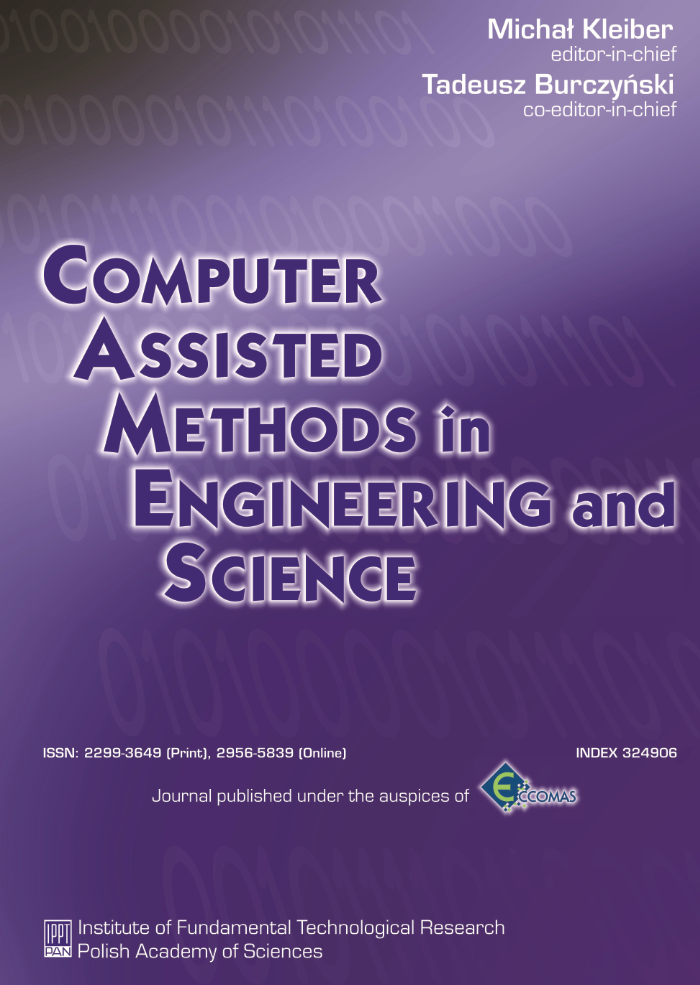Abstract
The JAERI Monte Carlo Machine has been developed mainly to enhance the computational performance of numerical simulations with particle models such as Monte Carlo methods. The features of the JAERI Monte Carlo machine are i) vector processing capability for arithmetic operations, ii) special pipelines for fast vector processing in categorizations of particles, iii) enhanced load/store pipelines for indirectly addressed vector elements, iv) parallel processing capability for spatially and phenomenologically independent particles. This paper describes the design philosophy and architecture of the JAERI Monte Carlo machine and its effective performance through practical applications of the multi-group criticality safety code KENO-IV, the continuous-energy neutron/photon transport code MCNP and other codes for particle simulation.
References
[2] L.M. Petrie, N.F. Cross. ORNL KENO IV: An improved Monte Carlo criticality program. ORNL 4938, 1975.
[3] LASL Group TD-6. MCNP: A general Monte Carlo code for neutron and photon transport, LA 7996-M, LASL, July, 1978.
[4] L.J. Milton. VIM User's Guide. Applied Physics Division, ANL, June 1981.
[5] M.B. Emmett. The MORSE Monte Carlo radiation transport code system. ORNL 4972, 1975.



